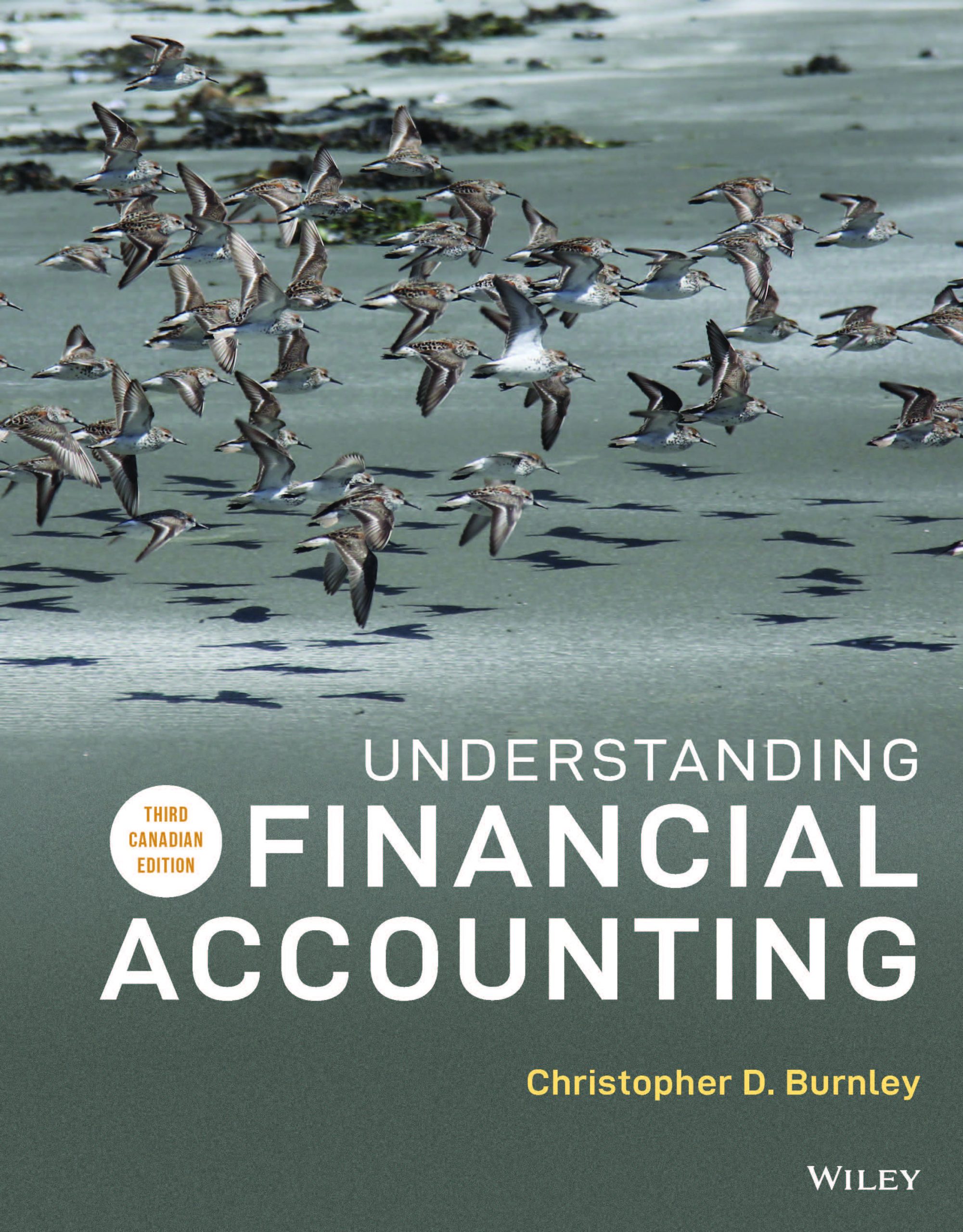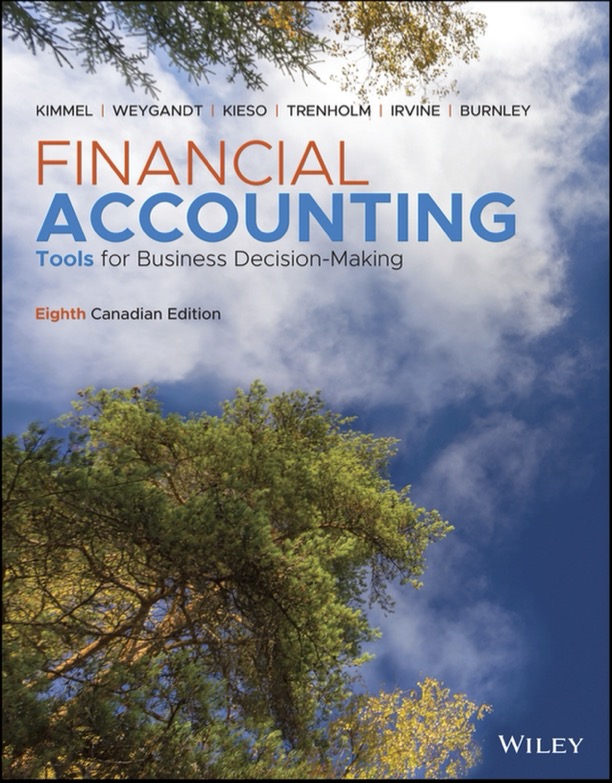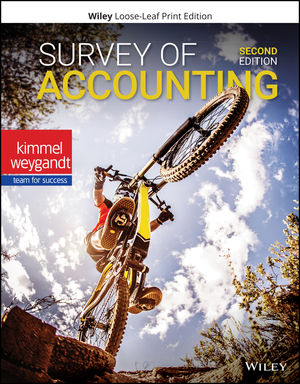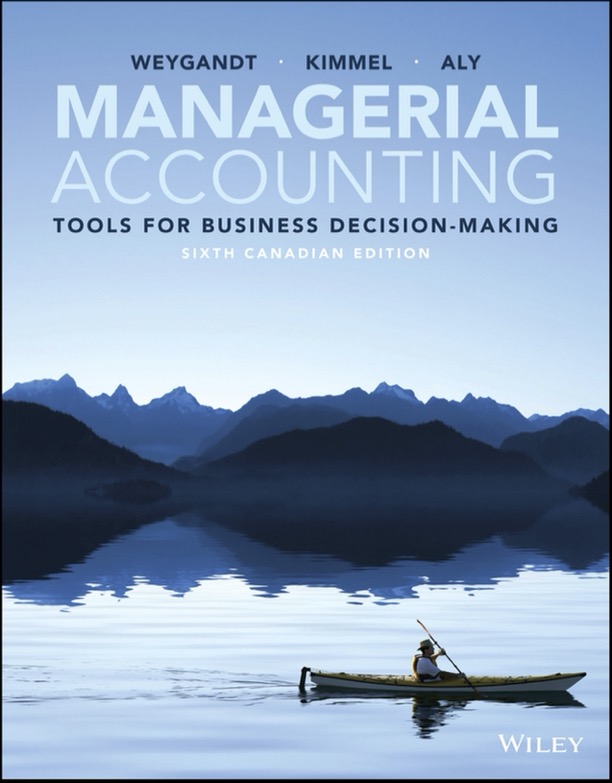Description: According to Clint Mahlman, CEO of pharmacy chain London Drugs, despite a rise in violent shoplifting incidents in Vancouver, the business has no plan to close any stores in the city. “We are at a crisis point in retail,” Mahlman noted. The losses from theft amounts to “tens of millions” per year, and the safety of staff is a concern as well, given that workers have been physically assaulted, including with hatchets and knives.
Date: October 18, 2023
Source: globalnews.ca
Link: https://globalnews.ca/news/10034649/london-drugs-vancouver-shoplifting/
Discussion points:
1) Have you ever witnessed a violent theft or shoplifting incident at your university town?
2) If you were a senior financial officer at a firm like London Drugs, what type of information would you assemble to help executives make decisions on whether not to close locations?
3) Section 7.1 of Wiley’s Financial Accounting: Tools for Business Decision-Making offers descriptions of several types of internal control activities that businesses can employ. Which activities could be considered for a retailer facing theft problems and the related threats on employee safety?









Rykert Balfe
1) While as Mount Allison none of us have witnessed a violent theft or shoplifting incident, but multiple group members have had friends or themselves personally be the victim of theft with items ranging from backpacks to cars.
2) As a senior executive, we would gather local crime rates as well as store specific shrinkage data and contrast this with store revenue and profitability numbers to determine if the juice was worth the squeeze when keeping these stores open.
3) Segregation of Duties would aid in ensuring internal theft is reduced, by having more than one person monitor the flow of assets, the opportunity for one employee to commit abuses such as fraud or theft are much lower. Along these lines, intense documentation of the transaction amounts and values would deter internal theft as when every transaction is carefully documented, the opportunity to sell off some of the merchandise illegally and receive a kickback is lowered. Finally, physical controls can aid in employee safety at storefronts with increased rates of theft and shoplifting. Sensors to deter shoplifting at exits, cash being kept in safes, as well as only a limited amount of cash being kept on hand, all deter thieves from targeting a business.
Rykert Balfe
Hayden Rowe
Tristen Devine
Remi McLaughlin
Sophie
Sophie Major, Gursahiba Kaur Saggu, Martin Duguay (some of group 3)
1) I have never witnessed a shoplifting incident at my university town. I witnessed one in Montreal once and it was not a great experience.
2) If you want to close it, then a report of all the things that have been stolen and physical assault report from the staff and a net loss report which tell about how much we have lost rather than gaining. If you want to keep it still open, write a report on the income statement or a weekly distribution sales report and maybe, make a report to get more security and some self-defense items or training for the staff so they can feel safe at the workplace. Personally, I would make a report on the stolen things and how much loss the business has been in and a report on physical assault against the staff so they can close the business, so they close the business and no more innocent people get hurt.
3) In the situation of theft, I feel like risk assessment would be one of the most relevant internal controls. After a threatening situation occurs, management should review the risk and identify the different factors that contributed to the theft and then decide on an action plan to make sure that future thefts are less likely and more preventable. Furthermore, moving forward, it would be good to monitor activities to make sure any new systems put in place are running effectively.
Group 14
1) Have you ever witnessed a violent theft or shoplifting incident at your university town?
No, we have never witnessed a violent theft or shoplifting incident at our university town.
2) If you were a senior financial officer at a firm like London Drugs, what type of information would you assemble to help executives make decisions on whether not to close locations?
The type of information that we would use to help executives make a decision of whether to close the store or not would be comparisons of gross profit to loss due to shoplifting in the stores, loss of employees who were assaulted from work, and how frequent the break ins are. We would also assemble financial statements, sales and revenue data, cost structures, market analysis, lease and contract terms, customer and loyalty data, regulatory information, and strategic consideration to help decide.
3) Section 7.1 of Wiley’s Financial Accounting: Tools for Business Decision-Making offers descriptions of several types of internal control activities that businesses can employ. Which activities could be considered for a retailer facing theft problems and the related threats on employee safety?
One internal control activity that could be considered is physical controls. With physical control it can help with safeguarding assets. An example of safeguarding is cameras and sensors to deter theft, alarm systems to prevent break-ins, safes, vaults, and safety deposit boxes from cash and business papers, access control systems with passkey access or biometric scans. As well we would consider assignment of responsibilities. With assignment of responsibilities, it would make the employees responsible for their own assigned tasks, which may reduce the stress of the break ins and would make sure that employees won’t forget an important task that needs to be done before closing up the shop.
Olivia McCray
Laura Leblanc
Cortrell Colley Simmonds
Alexander Davison
Question 1:
Thankfully I have never witnessed any kind of theft or shoplifting here in Sackville.
Question 2:
Profitability of the particular location in question would be one piece of information that could be assembled along with the financial costs of theft and the costs of preventative measures. If the costs of crime were too high, it could mean that another location in a lower crime area could have lower sales revenue but a higher net income due to the lack of costly crime. From a financial point of view, this would enable the executives to decide whether it is worth keeping that location open.
Question 3:
One internal control activity that could be implemented to protect employee safety could be to ensure an assignment of responsibility. This could mean, for example, that no one employee would be required to work behind multiple cash registers and, in turn, have a lot of cash on them to be stolen. Similarly, by implementing a segregation of duties, it splits up the cash that may be on hand at any given point. For example, if a cashier is also in charge of depositing and counting the money in a safe in the cash office, a thief could take advantage of this and steal the money in the register and in the cash office. One final way to ensure employee safety could be to implement physical controls such as security cameras and alarms along with safes for secure cash storage.
Alexander Davison